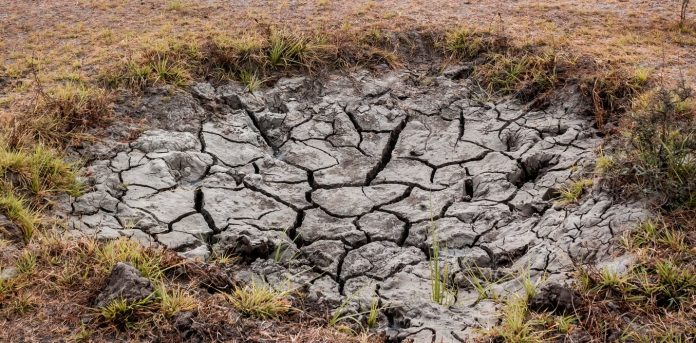Water scarcity is among the top five global risks affecting people’s wellbeing. In water-scarce areas, the situation is grim. Conventional sources like snowfall, rainfall, river runoff and easily accessible groundwater are being affected by climate change, and supplies are shrinking as demand grows.
In these countries, water is a critical challenge to sustainable development and a potential cause of social unrest and conflict. Water scarcity also impacts traditional seasonal human migration routes and, together with other water insecurity factors, could reshape migration patterns.
Water-scarce countries need a fundamental change in planning and management. We are looking at how to do this, through the creative exploitation of unconventional water resources.
From Earth’s seabed to its upper atmosphere, we have a variety of water resources that can be tapped. But making the most of these requires a diverse range of technological interventions and innovations.
Catching fog
Water embedded in fog is increasingly seen as a source of drinking water in dry areas where fog is intense and happens regularly. Fog can be collected using a vertical mesh that intercepts the droplet stream. This water then runs down into a water collection, storage and distribution system.
Different types of screen materials can be used in fog collectors, like aluminium, plastic, plexiglass and alloy. The success of a system like this depends on the geography and topography, which need to be conducive to optimal fog interception. But this could work in dry mountainous and coastal regions.
With active engagement of local communities and technical support from local institutions, fog water harvesting is a low-maintenance option and a green technology to supply drinking water. Fog water collection projects have been implemented in different parts of world, including Chile, Eritrea, Israel and Oman.
Cloud seeding
Under the right conditions, rain enhancement through cloud seeding has the potential to increase the volume of water harvesting from air. This technology involves dispersing small particles into clouds or in their vicinity. These particles act as a starting point for raindrops or ice crystals, promoting their formation. In turn, this makes it more likely to rain or snow. Read more…



